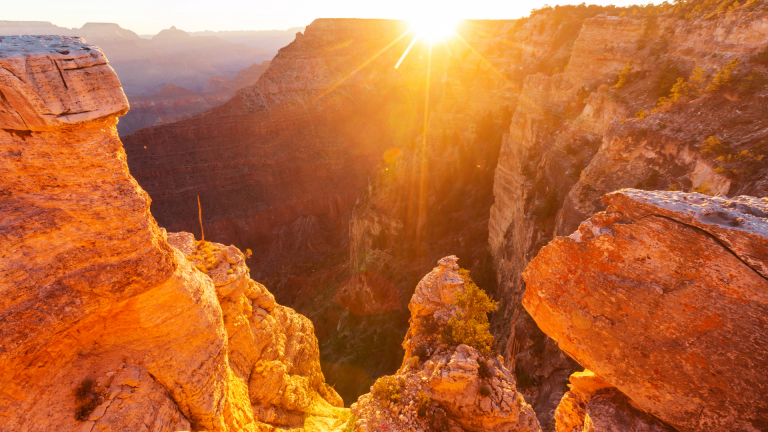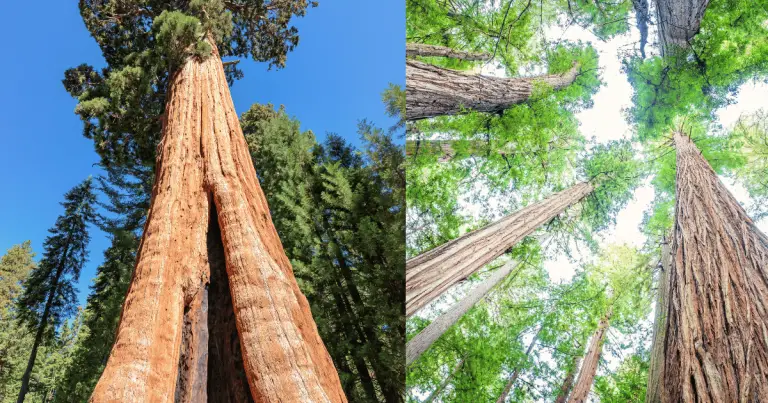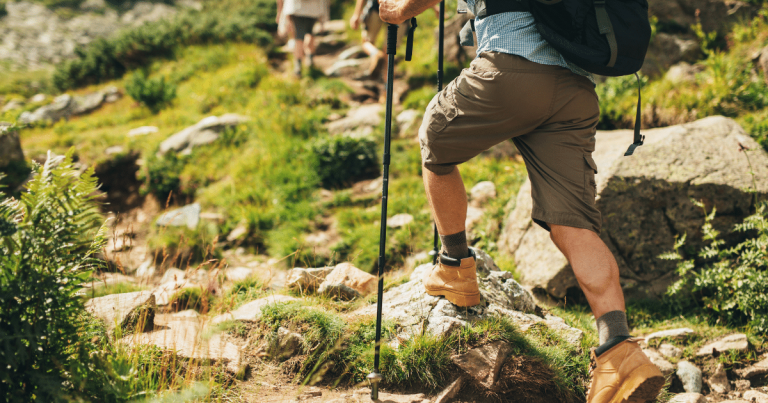Hiking Adventure: Columbia Rock Yosemite
Yosemite National Park has many breathtaking locations that will leave visitors in awe. However, for those seeking an unparalleled view of the Yosemite Valley, Columbia Rock Yosemite is a must-visit spot. This destination has become a favorite amongst avid hikers and climbers from around the globe due to its picturesque scenery and stunning vistas.
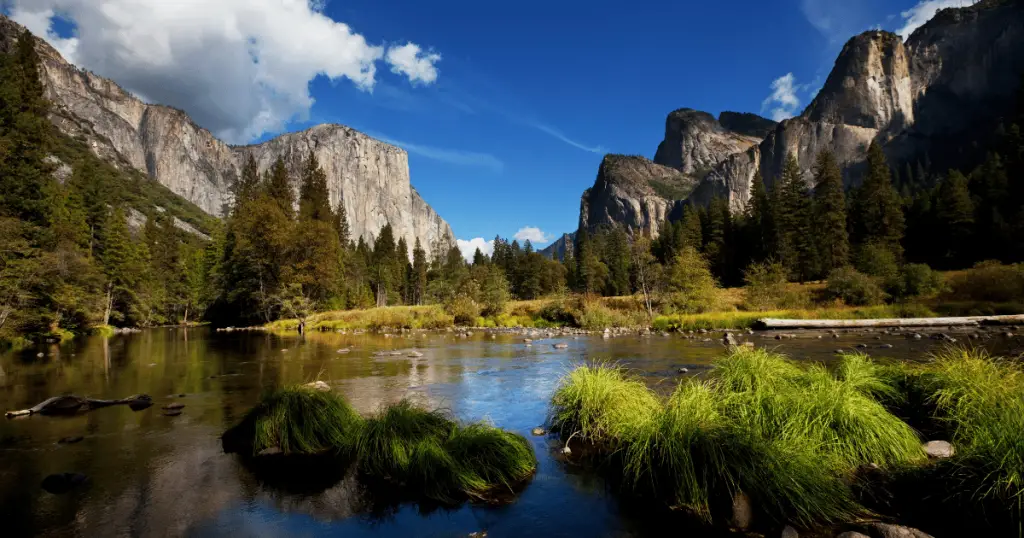
Yosemite National Park: A Natural Wonder
Yosemite National Park, a natural wonder, is in the heart of California’s Sierra Nevada mountains. Encompassing an expansive area of over 1,200 square miles, it showcases a diverse range of awe-inspiring landscapes, from deep valleys and grand meadows to ancient giant sequoias.
In recognition of its unparalleled beauty and ecological importance, Yosemite was designated a UNESCO World Heritage Site in 1984, a testimony to its global significance and the continuous effort to preserve its natural heritage.
Yosemite is also home to iconic landmarks synonymous with the park. El Capitan, a sheer granite monolith, offers a challenge to the world’s best climbers, while Half Dome, another granite dome, is famed for its unique shape. Both landmarks serve as majestic backdrops for the stunning vistas that captivate millions of visitors annually.
Columbia Rock Yosemite: A Hidden Gem
Columbia Rock is a quintessential hidden gem in the vast expanse of Yosemite National Park. This remarkable landmark is situated along the Yosemite Falls Trail, a strenuous hike that rewards adventurers with unparalleled panoramic views. Historically, Columbia Rock holds significance as it was named after Columbia College, the alma mater of many early Yosemite expedition members, leaving a lasting mark on the park’s heritage.
Columbia Rock’s popularity among hikers and rock climbers continues to grow due mainly to its unique position within the park. Sitting about 1,000 feet, it provides breathtaking views of Yosemite Valley and Half Dome, making the challenging ascent worthwhile.
Its vertical cliff faces are a siren call for rock climbers, beckoning them to conquer its heights. Both seasoned hikers and novice climbers find Columbia Rock an irresistible part of their Yosemite experience, underscoring its status as a hidden gem within this awe-inspiring national park.
Hiking to Columbia Rock
The journey to Columbia Rock begins at the Yosemite Falls Trailhead, conveniently located in Yosemite Valley near Camp 4. This area is easily accessible by the Yosemite Valley shuttle system, providing an effortless start to your adventure.
The hike to Columbia Rock is approximately 3 miles round-trip and is considered moderate to strenuous in difficulty. The trail is well-marked but steep, presenting hikers with an elevation gain of around 1,000 feet. Despite its challenges, the rewards are undoubtedly worth the effort. As you ascend, the path unveils increasingly dramatic views of the Yosemite Valley, culminating in the panoramic spectacle from Columbia Rock.
Before embarking on the hike, it is essential to remember that Yosemite National Park requires an entrance fee. However, the Columbia Rock hike requires no additional permits or reservations. As always, checking the latest park regulations and trail conditions before setting out is essential to ensure a safe and enjoyable hiking experience.
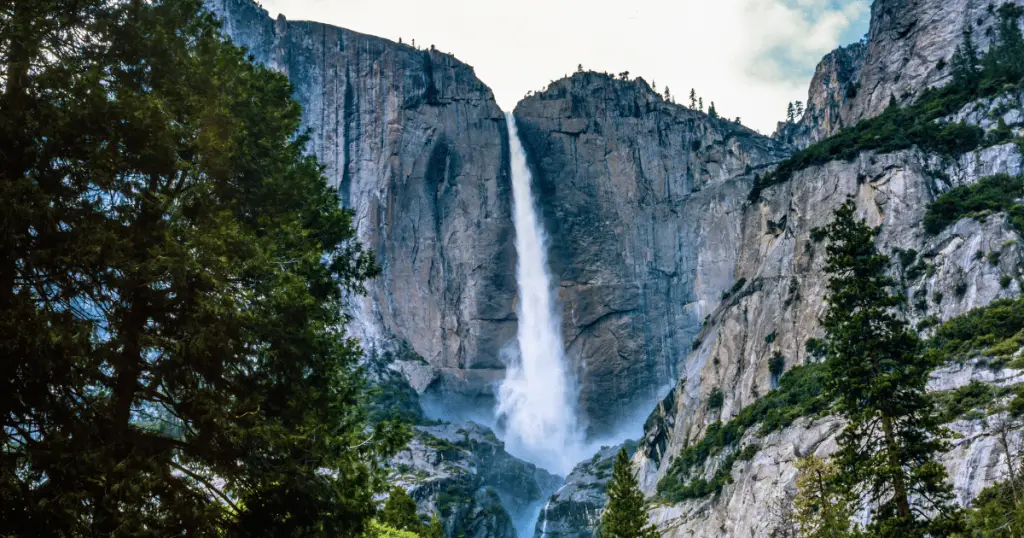
The Scenic Beauty of the Trail
As you tread the path to Columbia Rock, you are treated to a visual symphony of Yosemite National Park’s rich biodiversity. The trail is generously sprinkled with a plethora of flora.
From the towering ponderosa pines and incense cedars that frame the path to the diverse understory of ferns, shrubs, and wildflowers that carpet the forest floor, the journey is a botanist’s dream.
The trail’s fauna is equally eye-catching. Sharp-eyed hikers often spot mule deer grazing in the meadows while the melodious calls of Steller’s jays resonate through the forest canopy. Black bears are also park residents, although they are more elusive.
Seasonal variations paint a different hue onto the trail’s canvas. Wildflowers color the landscape in spring, making it a great time to witness the park’s botanical diversity. The summer months bring warmth and longer days, meaning more time to savor the views.
Autumn cloaks the park in a fiery palette of reds, oranges, and golds, while winter sees Yosemite swathed in a serene blanket of snow, offering a stark yet beautiful contrast to the granite rocks.
A Photographer’s Paradise
Columbia Rock Trail offers abundant photography opportunities, making it a paradise for professional and amateur photographers. With each step along the trail, breathtaking views are composed of towering granite formations, lush valleys, and vast skies, providing many subjects and compositions to capture.
The iconic Half Dome, in particular, presents an awe-inspiring sight, especially when bathed in the golden light of sunrise or sunset.To capture the best shots, it’s crucial to consider the time of day and light conditions. Early morning or late afternoon can offer softer, diffused light and dramatic shadows, accentuating the rugged contours of the landscape.
A wide-angle lens can be particularly effective for capturing the immense scale of Yosemite Valley, while a telephoto lens can bring distant details, such as wildlife or distant climbers, into focus.Don’t forget to look beyond the grand vistas. The trail is dotted with unique elements of natural beauty, from delicate wildflowers to serene woodland scenes, offering opportunities for intimate, detailed shots.
However, while immersing oneself in the photographic splendor of Yosemite, it’s important to remember the principle of ‘Leave No Trace.’ Stay on marked trails to protect fragile vegetation and respect wildlife by keeping a safe distance.As we capture the park’s beauty through our lenses, it’s our responsibility to preserve it for future generations and other photographers to enjoy.
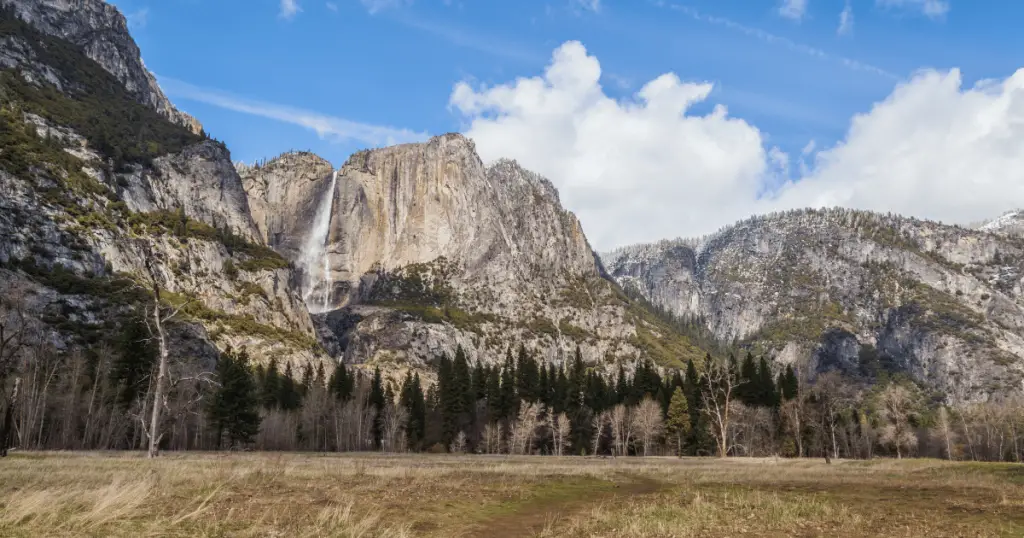
A Perfect Resting Point
After the challenging ascent, Columbia Rock emerges as an ideal resting point. Here, you can pause your hike, recover your strength, and immerse yourself in the panoramic beauty of the Yosemite Valley.From Columbia Rock, you’re treated to a vast, unobstructed view that captures the sheer grandeur of Yosemite. The iconic Half Dome stands majestically within view, a sight that is nothing short of awe-inspiring.
The lush Yosemite Valley spreads out beneath you, punctuated by the meandering Yosemite Falls, the highest waterfall in North America. This picturesque scene, framed by a clear blue sky above and granite cliffs below, makes Columbia Rock a momentous reward for the strenuous hike.
Early morning or late afternoon visits are recommended to experience the best lighting for this magnificent vista. During these hours, the sun casts a warm, diffused glow across the landscape, highlighting the rugged contours of Half Dome and the depth of the valley, making it an especially rewarding sight for photographers. These periods also often mean fewer crowds, offering a tranquil, intimate experience with nature at its most majestic.
While resting at Columbia Rock Yosemite, remember to hydrate, refuel, and appreciate the journey thus far. It’s not just a resting point but a destination, offering the perfect blend of challenge, rest, and unparalleled scenic beauty.
Wildlife Encounters
Hiking the Columbia Rock Trail offers a unique opportunity to experience Yosemite’s rich array of wildlife. Sightings of mule deer grazing in meadows or hearing the melodious calls of Steller’s jays are not uncommon.
The black bears, while elusive, are also residents of the park. Each encounter provides a thrilling connection to the wilderness and adds an element of excitement to the hike.
Despite the awe and fascination these wildlife encounters evoke, hikers must remember to observe from a safe distance. Approaching too closely can disturb animals and may provoke defensive behavior. Using binoculars or a telephoto lens is recommended to get a closer look without causing stress to the wildlife.
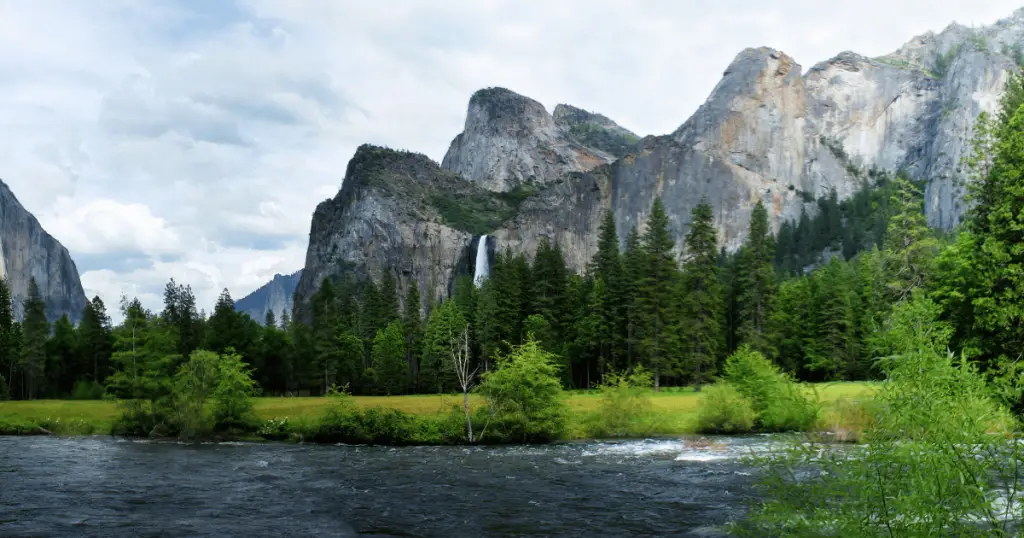
Responsible wildlife viewing also involves respecting their natural habitats. It’s essential to stick to the trails and not wander into identified wildlife areas. Feeding wildlife is strictly prohibited as it can harm the animals’ health and disrupt the ecological balance.
Remember, observing wildlife is a privilege, with the responsibility to protect it. The thrill of spotting a deer, hearing a bird’s call, or catching a glimpse of a bear should be coupled with a commitment to preserving the incredible biodiversity of Yosemite National Park.
Conclusion: Columbia Rock Yosemite
Columbia Rock Trail in Yosemite National Park offers visitors an immersive experience into the heart of nature’s majesty. The trail presents a robust amalgamation of physical challenges, breathtaking vistas, intimate encounters with wildlife, and numerous photography opportunities.
The hike is not merely a journey through a natural landscape but a voyage into the profound beauty and biodiversity that define Yosemite. Whether you’re a hiker, a photographer, or a nature enthusiast, Columbia Rock Trail provides an awe-inspiring experience that encapsulates the grandeur of Yosemite, leaving each visitor with unforgettable memories and a deeper appreciation for the natural world.



